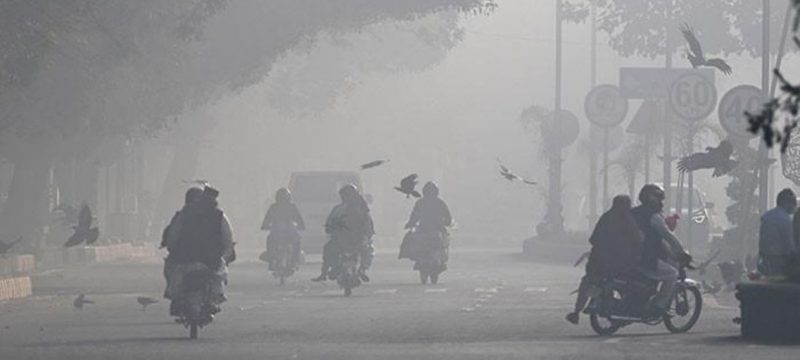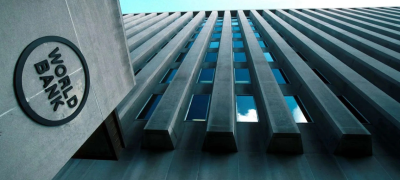LAHORE – The Punjab capital, home to nearly 15 million residents, is battling hazardous smog as air quality in Lahore reaches alarming levels. The city topped global pollution charts early in the day, later slipping to the second position, with experts warning of serious health risks.
According to recent data, Lahore’s Air Quality Index (AQI) hit a dangerous level of 420, driven mainly by PM2.5 particles, measured at 142 µg/m³. These fine particles are 28 times higher than the World Health Organization’s safe limit, placing citizens at severe risk.
Other major Punjab cities are also suffering from the hazardous smog crisis. Faisalabad recorded a shocking 622 AQI, Multan 485, and Bahawalpur 255. Environmental experts urge people, especially children, the elderly, and patients with heart or respiratory issues, to wear masks and minimize outdoor activities.
Globally, Lahore ranks second among the most polluted cities, trailing only New Delhi, according to IQAir. Other cities on the list include Dhaka, Karachi, and Kolkata, highlighting the worsening regional air quality. Karachi recorded an AQI of 165, also placing it among the world’s top ten polluted cities.
The hazardous smog in Lahore has been intensified by weather conditions. Calm winds, cool temperatures, and easterly airflows carrying pollutants from Indian Punjab have trapped toxic particles over the region. The result is thick haze, reduced visibility, and poor air quality, particularly during the morning and evening hours.
In response, the Lahore Waste Management Company (LWMC) has launched a large-scale cleanup operation. Around 400 workers, supported by 16 mechanical washers and 50 anti-smog units, are washing and sprinkling water across 300 kilometers of major roads to reduce dust and pollution.
In other news read more about New School Timings for Students, Teachers in Punjab from October 2025 to April 2026
Punjab authorities have declared a smog emergency and urged residents to wear masks at all times. Officials warn that unless immediate steps are taken, the situation could worsen, posing a grave threat to public health and daily life.









